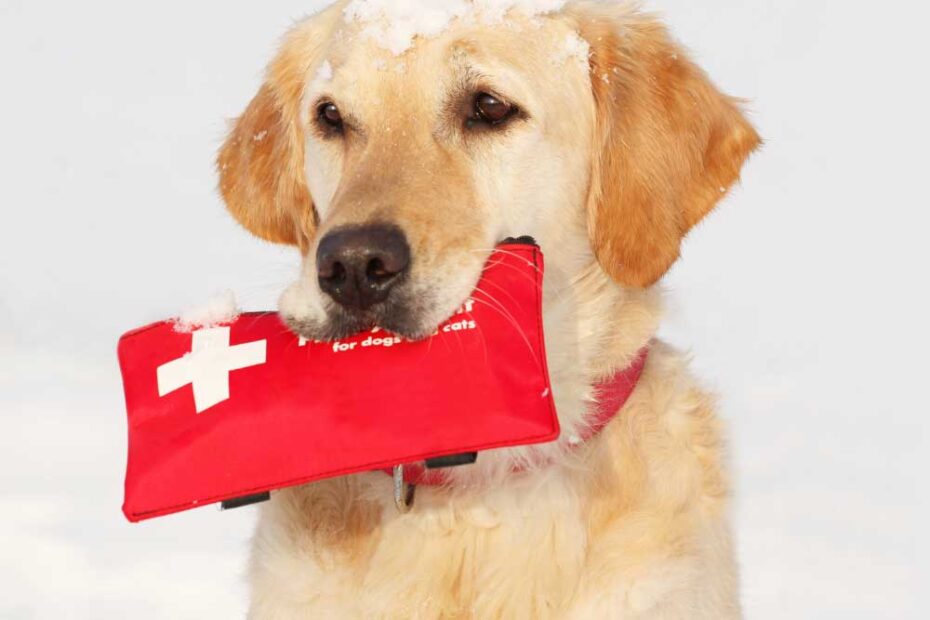April is National Pet First Aid Awareness Month, a time to educate pet owners on the importance of being prepared for unexpected pet emergencies. Having knowledge of basic pet first aid can mean the difference between life and death for your furry companion. Here are five things you need to know about pet first aid.
- Know your pet’s vital signs: It’s important to know what is normal for your pet’s heart rate, breathing rate, and temperature. This will help you to detect if something is wrong and also can help you report to the veterinarian what you have observed.
- Keep a pet first aid kit on hand: Just like a human first aid kit, a pet first aid kit should include bandages, scissors, tweezers, a thermometer, and a pet-specific first aid guide. Make sure to keep it in an easily accessible location.
- Learn how to perform CPR: In the event of a cardiac or respiratory emergency, knowing how to perform CPR on your pet can save their life. It’s a good idea to take a pet first aid class to learn the proper technique.
- Be prepared for common emergencies: Knowing how to recognize and respond to common pet emergencies such as choking, poisoning, and heatstroke can make a big difference in the outcome.
- Keep emergency contact information handy: Keep a list of emergency numbers, including your veterinarian, a local emergency clinic, and the ASPCA’s Animal Poison Control Center, readily available. It’s also important to have your pet’s medical records and vaccination papers handy in case of an emergency.
In conclusion, being prepared for unexpected pet emergencies is an important part of being a responsible pet owner. Knowing your pet’s vital signs, keeping a pet first aid kit on hand, learning how to perform CPR, being prepared for common emergencies, and keeping emergency contact information handy are all crucial steps in being prepared for pet first aid. Remember to always consult with a veterinarian in case of an emergency and to refresh your knowledge regularly.
